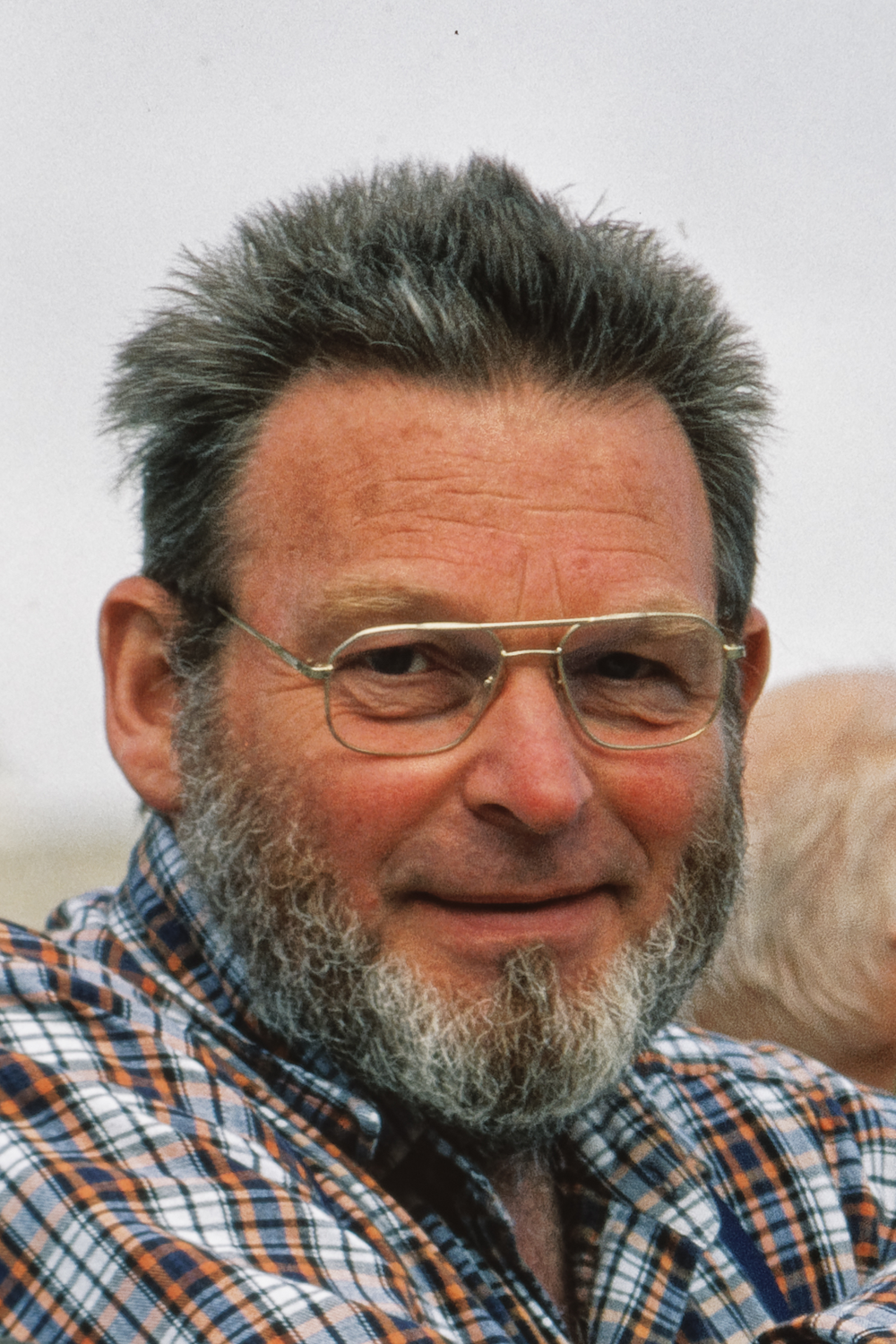Ole Valdemar Petersen, retired Curator of the Mineral Collection at The Geological Museum, University of Copenhagen, passed away peacefully at his home in Solrød (Denmark) on March 31, 2020.
Ole Valdemar Petersen, best known as Ole V, was born in Gentofte, a municipality in the northern part of Copenhagen, on July 29, 1939. Following introductory studies of chemistry and physics at the University of Copenhagen (KU), he started studying mineralogy in 1961, also at KU. He graduated in 1966 as Mag. Scient. and in 1970 as Lic. Scient. (PhD), also from KU. His thesis contained descriptions of minerals from Greenland and included twinning in tugtupite and optical studies of epididymite (Petersen, Reference Petersen1966).
During his whole career, Ole V was employed at the Mineralogical Museum (from 1974 the Geological Museum) at the University of Copenhagen. From 1965 to 1967, he served as an amanuensis, a part-time assistant, and in 1967 he became full-time assistant professor. In 1970, he became associate professor and curator of the Mineral Collection.

Ole V. Petersen in Khibiny, Russia, 1997 (photo by O.J.).
From the very beginning, Ole V's research concentrated on the minerals from Greenland, especially on minerals from the famous alkaline deposits in South Greenland, namely the Ivigtut cryolite deposit, the Ilímaussaq alkaline complex and in particular the Narssârssuk pegmatite. Ole V early on gained a deep insight into minerals from these localities by studying the large mineral collection of the museum, one of the most important collections of alkaline minerals in the world. From 1963 until 2001, Ole V went on numerous field trips to Greenland, in the beginning under the auspices of the Geological Survey of Greenland (GGU), later financed by personal funds. He led the International Greenland Expedition in 1988 which included participants from Denmark, Australia, Canada and the United States. Based on his own significant material from these field trips, as well as on the older material already in the museum, Ole V published more than 100 papers, including 13 descriptions of new mineral species from Greenland. In 1985 and 1993 he compiled extended review articles on minerals from Greenland (Petersen and Secher, Reference Petersen and Secher1985, Reference Petersen and Secher1993). The 1993 version was nominated best publication of the year in Mineralogical Record. His broad experience with Greenlandic minerals culminated in Special Publication 8 of The Canadian Mineralogist, entitled Mineral Species First Described from Greenland (Petersen and Johnsen, Reference Petersen and Johnsen2005). He also published on exotic minerals in the Zomba-Malosa alkaline pegmatite in Malawi and the Aris phonolite in Namibia.
Ole V's approach to the science of mineralogy is best described with his own words “My scientific work has been concentrated on the study of minerals from alkaline and peralkaline syenite and granite complexes and their pegmatites and hydrothermal veins, particularly in South and South West Greenland. The work has first of all comprised investigations of the morphological and optical properties and their correlation to the X-ray properties of single mineral species. The primary purpose has been to contribute to the knowledge of mineralogy of alkaline complexes in particular and to the systematic mineralogy in general, among others with descriptions of new species.”
Ole V has been honoured by colleagues who have named a mineral species for him, petersenite-(Ce) (Grice et al., Reference Grice, Van Velthuizen and Gault1994).
Ole V served as national representative and voting delegate of the International Mineralogical Association (IMA) for many years and he was also a long-term member of the IMA Commission on Museums, most of the time as secretary. He had an extended network internationally and often attended the IMA general meetings as well as the mid-term Mineralogy & Museum meetings. He loved the field trips associated with these meetings and was an enthusiastic yet discriminating collector. He was also a regular visitor to minerals shows, especially to the great shows in Munich and Tucson.
Ole V often said that he had been truly fortunate to serve at the museum in a prosperous period of its life. In this golden age from 1960 until the end of the century, the mineral collection received modest but steady means for maintenance and expansion. This made it possible for Ole V to implement some of his ideas on organising and cataloguing the collection, while keeping an eye on the international market for favourable acquisitions. He looked for both reference material to supplement the systematics of the collection and for show pieces for the exhibition halls. He was in fact a true curator and ideal custodian of one of the great European collections. He retired from the museum in 2005.
Ole V was a strong character and a natural focal point in social gatherings, whether in scientific meetings or with mineral dealers and private collectors. He was highly respected among his peers and he easily made acquaintances wherever he travelled. For Ole V mineralogy was a life-long passion and though retired, he kept in contact with ‘mineral buffs’ all over the world. Many of us have enjoyed his and his wife's great hospitality when visiting them in their lovely home right on the seaside of Øresund. Our thoughts go to the family.


